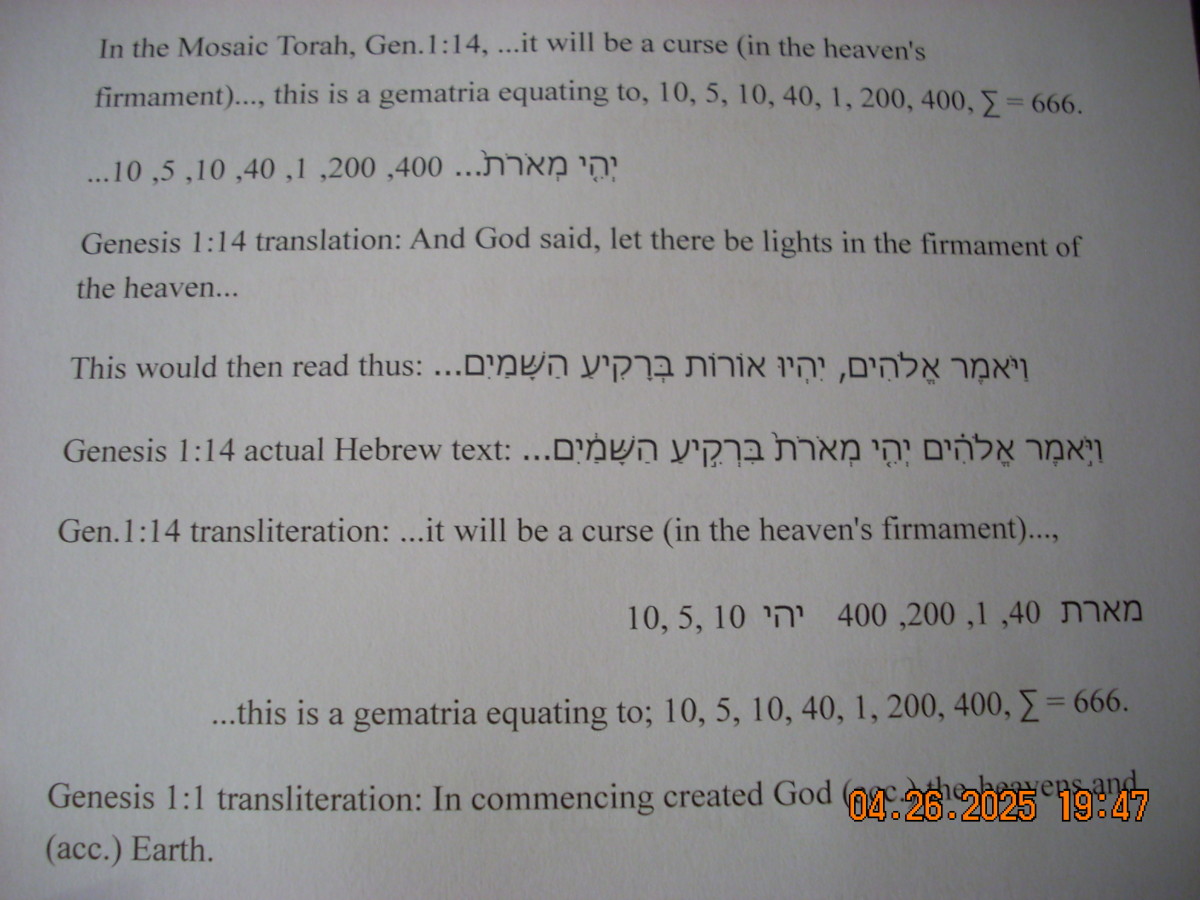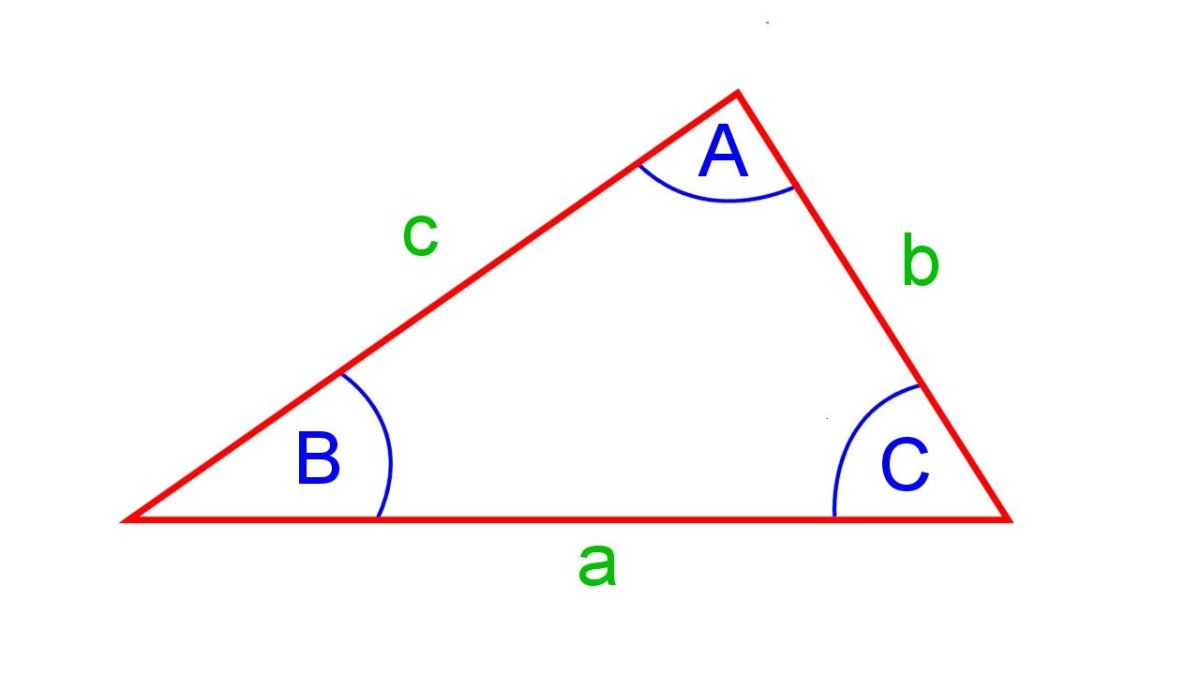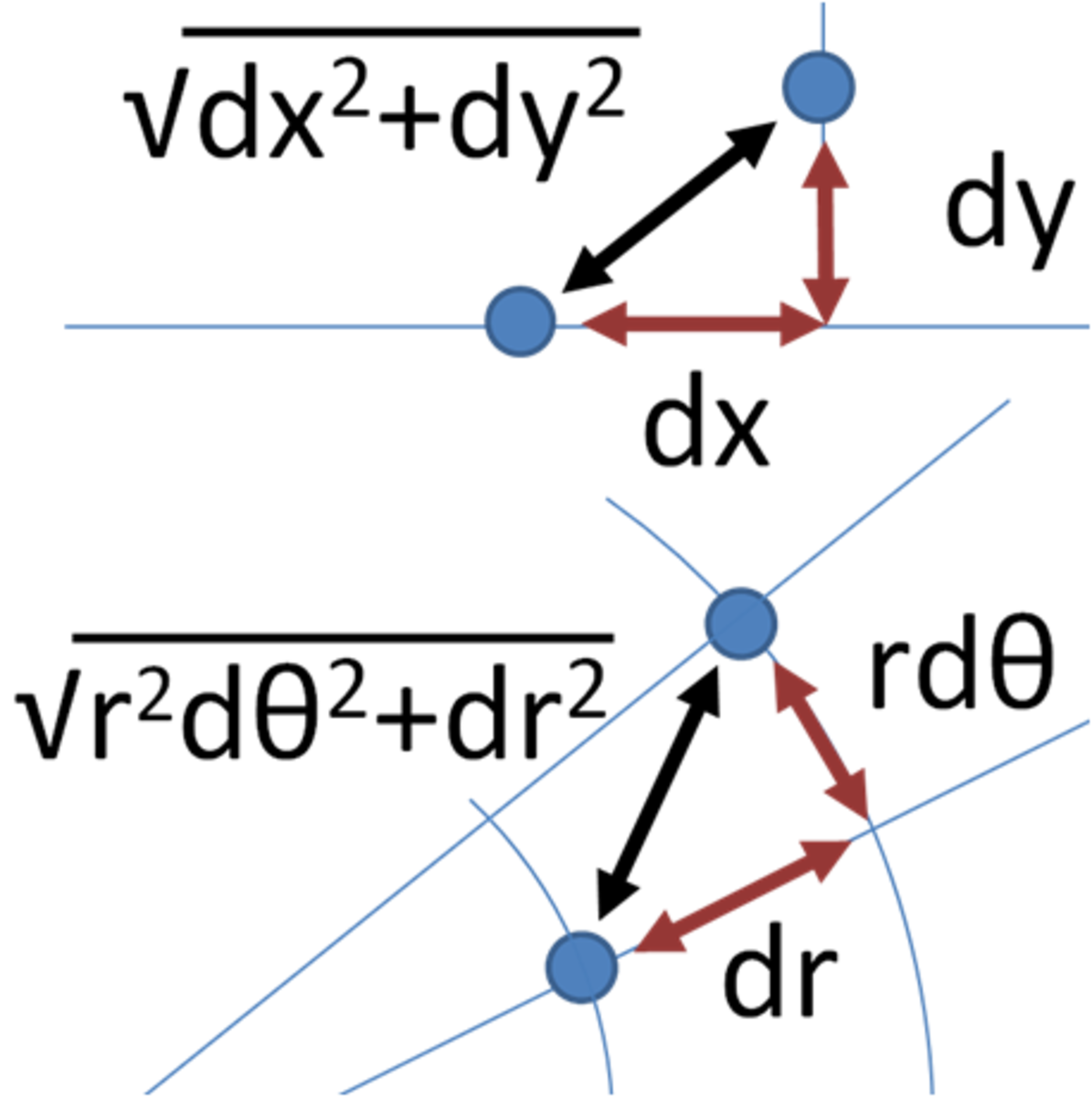Symbolic Logic Cheat Sheet - Premises, Conclusions, and Validity in Propositional Logic
Before I Begin
I wrote this while taking a Logic class to help with tests and homework. If any of this is inaccurate or not helpful please let me know and I will change it immediately. This is a very brief note sheet but I hope it is helpful to anyone else studying logic.
Symbols and What They Mean
& →Conjunction read as: and eg. (P & Q) both have to be true to be true overall
v → Disjunction read as: or eg. (P v Q) one has to be true to be true overall
⊃→Conditional read as: if x ⊃ then y eg. (P⊃Q) Q has to be true or both P and Q have to be false to be true overall. If P is true and Q is false then it is false overall.
(x) → Universal Quantifier read as: For every x…
(∃x) →Existential Quantifier read as: There exists some (or at least one) x that…
Premises
UI (Universal Instantiation): You may instantiate a universally quantified premise with any individual constant. This rule is wide open. For universallyquantified premises only à (x).
If Premise is (x)(Sx ⊃ Px) → (Sa ⊃Pa) UI
EI (Existential Instantiation): You may instantiate an existentially quantified premise with an individual constant if, but only if, that individual constant does not appear anywhere else in the instantiation except in a premise that was derived by UI or in a conclusion that was derived by EG. For existentially quantified premises only → (∃x).
If Premise is (∃x)(Sx & Px) → (Sa & Pa) EI
However if some premise has REIT and contains constants you can’t repeat them in an EI no matter where they come up in the argument such as this:
Sa → Sa REIT
(∃x) (Sx & Px) → Sb & Pb EI (Have to put b or something else because a is used in REIT)
————————————————————————————————
∴(∃x) Px → Pb EG (because it is existentially quantified (∃x))
Conclusions
UG (Universal Generalization): You may instantiate a universally quantified conclusion with an individual constant if, but only if, that individual constant does not appear anywhere else in the instantiation except where it was derived by UI. This is for universally quantified conclusions only → (x).
Example:
(x) (Sx⊃Px) → Sa ⊃ Pa UI
(x) (Px⊃Qx) → Pa ⊃ Qa UI
——————————————————————————————————
(x) (Sx⊃Qx) → Sa ⊃ Qa UG
EG (Existential Generalization): You may instantiate an existentially quantified conclusion with any individual constant. This is for existentially quantified conclusions only → (∃x).
Example:
Sa & Pa → Sa & Pa ReIt
Pa → Pa ReIt
——————————————————————————————————
(∃x)(Px &Sx) → Pa & Sa EG
REIT: You may reiterate any premise or conclusion with an individual constant. Only label REIT if the constant is already used in the original argument. See above.
Validity
Validity in PL(PL Valid): An argument that is true on all relevant lines in a truth table. (Relevant lines are where premises are true. If the conclusion is that is good. If the conclusion is false that means the argument is invalid.) To set up a truth table set up a chart for each variable (P,Q,R,S…) Doubling the amount of T’s and F’s for each row..eg
First Column → First half Ts, Second half Fs.
Second Colum →First quarter Ts, Second quarter Fs Third quarter Ts Fourth quarter Fs
Third Column → First eighth Ts, Second eighth Fs, Third eighth Ts, Fourth eighth Fs, and so on
Fourth Column → First 16th Ts, Second 16th Fs, Third 16th Ts, Fourth 16th Fs, and so on.
So if there is one variable (P) then there will be one column containing P that is T and F. If there are two variables, there will be two columns, one column will contain P and one will contain Q and there will be 4 spots for Ts and Fs. And so on.
Validity in RQL: An argument is valid in RQL if and only if it has a proper instantiation whose form is valid. It is easy to show validity, however it is more difficult to show that it is not valid in PL. To test for this use this procedure.
Step 1: Reiterate all sentences that have individual constants (but no quantifiers)
(Apply REIT to premises and conclusions that get it.)
Step 2: Instantiate each existential premise and universal conclusion. In each case, use a constant that does not yet appear in the instantiation you are constructing.
(Apply EI and UG to premises(EI) and conclusions(UG) that get it. If any constants are already in here from REIT use a different constant.)
Step 3: Instantiate each universal premise and existential conclusion with each constant occurring in the instantiation after step 1 and step 2. (If no constant occurs, use a new constant. If two constants occur, construct one proper instantiation for each constant.)
(Apply UI and EG to premises(UI) and conclusions(EG) that get it.)
If this procedure yields a proper instantiation whose form is valid in propositional logic, then the original argument is valid in RQL. If not then this argument is invalid in RQL.





